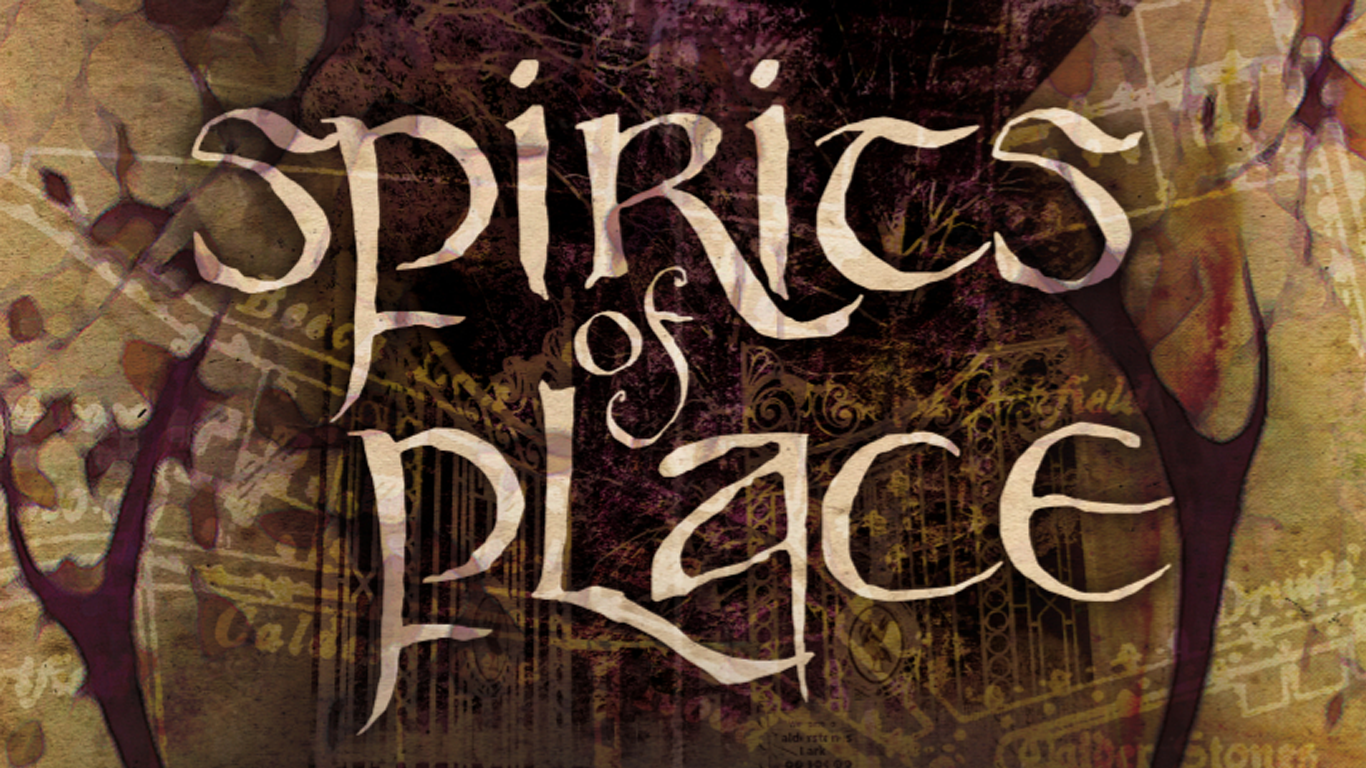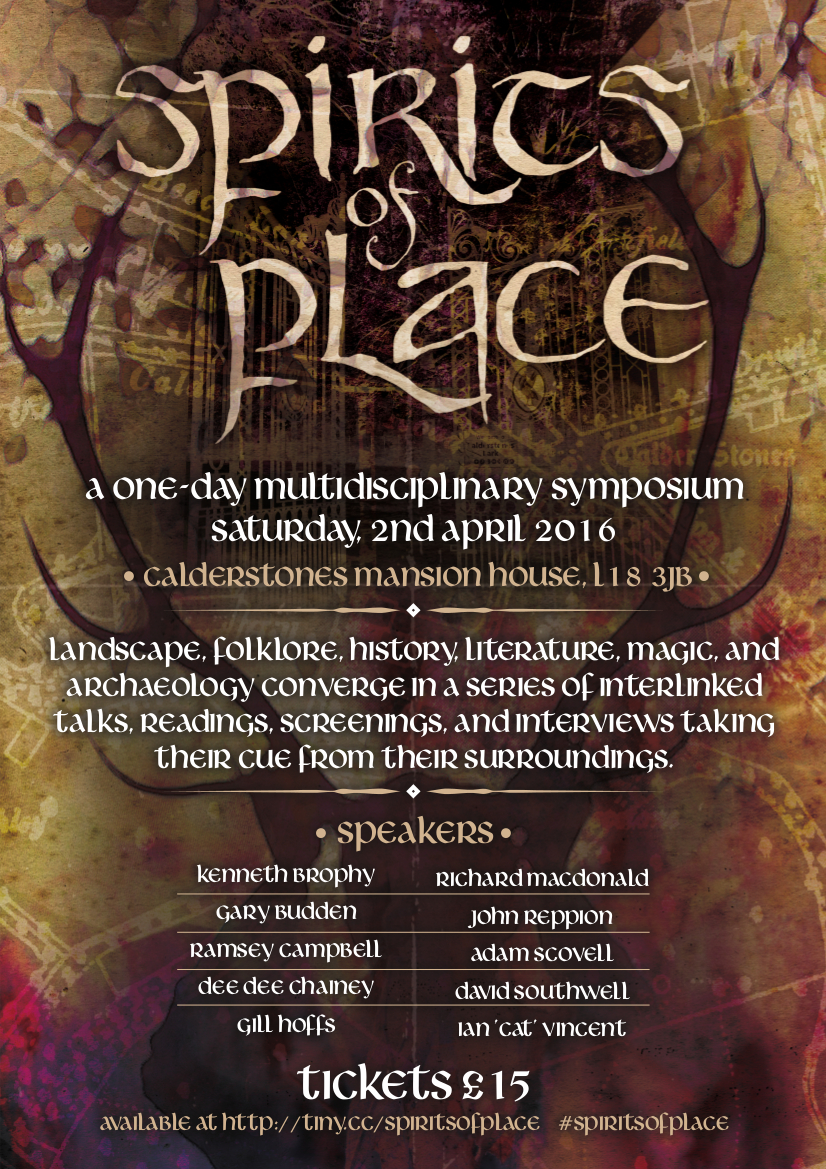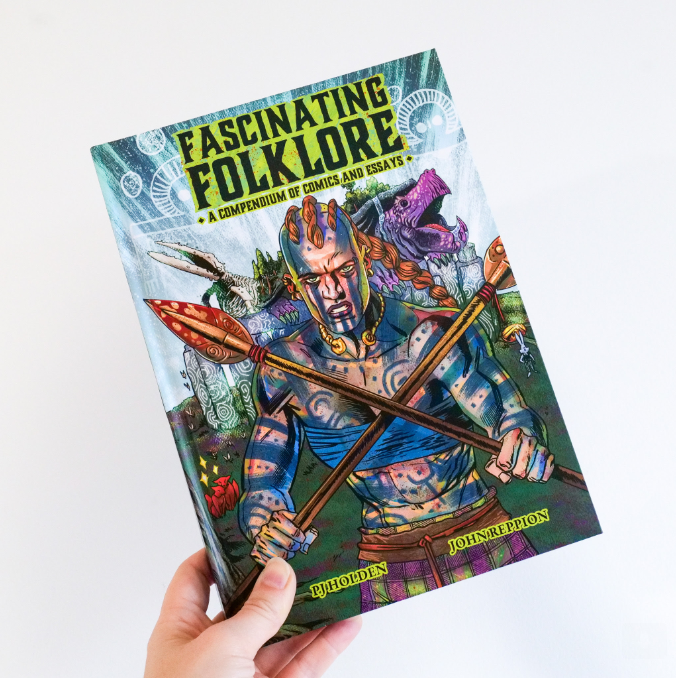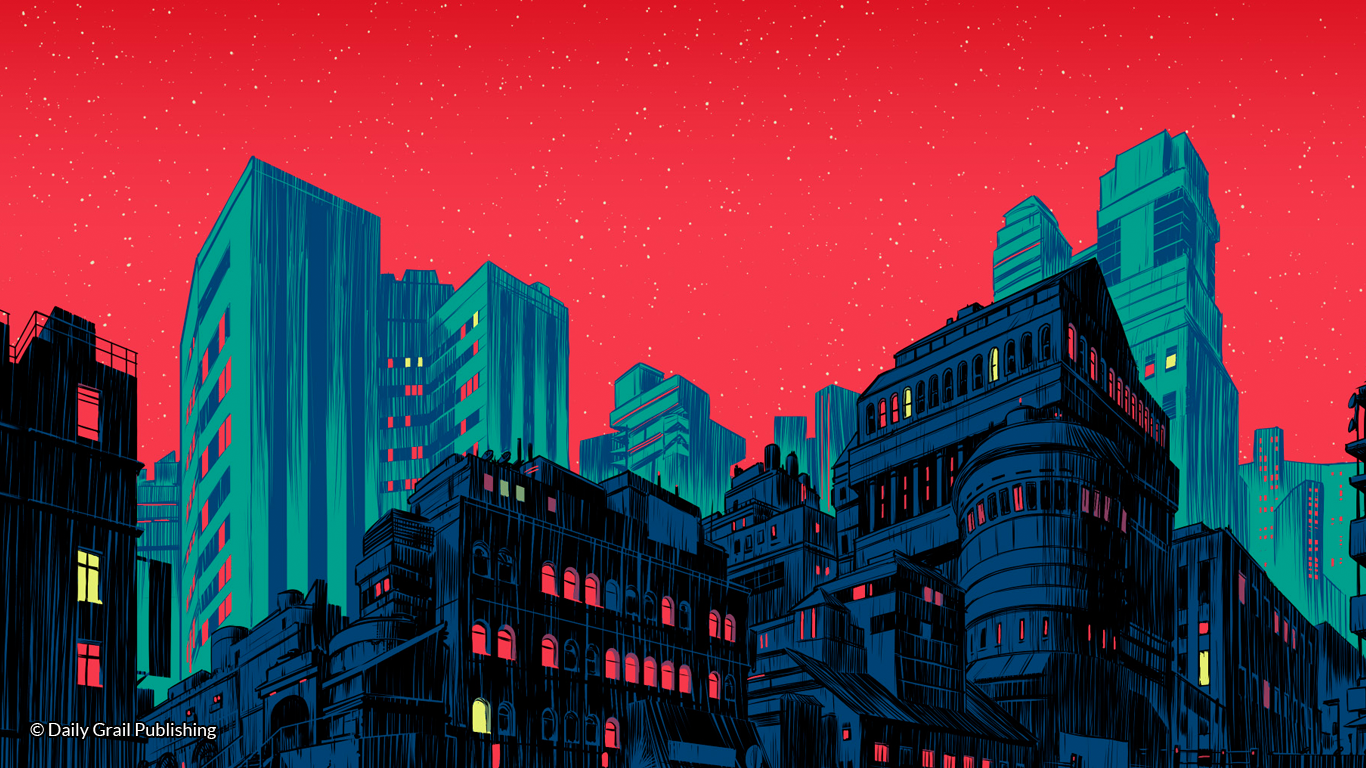South Liverpool, where I was born and live still, is a place full of green-spaces. Its abundance of woodlands, parks, cemeteries, playing fields and golf courses are linked by an intricate network of narrow, bramble-lined public footpaths and overgrown roadside verges. The more romantically inclined might be tempted to call them faerie paths, or corpse roads, and perhaps some once were such; back when an Iron Age fort stood on top of Woolton’s Camp Hill, or perhaps longer still.
The area is bursting with history to the point where many of its residents seem to have become immune to the strange sites and artefacts they pass every day. Many people are dimly aware that the ornamental lake in Princes Park is filled by one of the city’s many “lost” subterranean rivers, the River Jordan. It’s just not that interesting to them. There is an extant 17th century chapel just round the corner from the same park where astronomer Jeremiah Horrocks was once schooled by a member of the Mather family who later emigrated to America and played a large part in the infamous Salem Witch Trials. So what? Williamson’s Tunnels – an uncharted labyrinth of vaulted, brick-line tunnels constructed under the orders of an eccentric 19th century tobacco magnate – lay buried and largely unexplored beneath Edge Hill. Who cares? There’s a 15th century Holy Well in Wavertree, right next to a swing-park, which bears the inscription “Qui non dat quod habet, Dæmon infra vide” (“He who here does nought bestow, The Devil laughs at him below”). Big deal. All this is normal, commonplace stuff in South Liverpool, it seems. So much so that even more ancient monuments are sometimes taken for granted.
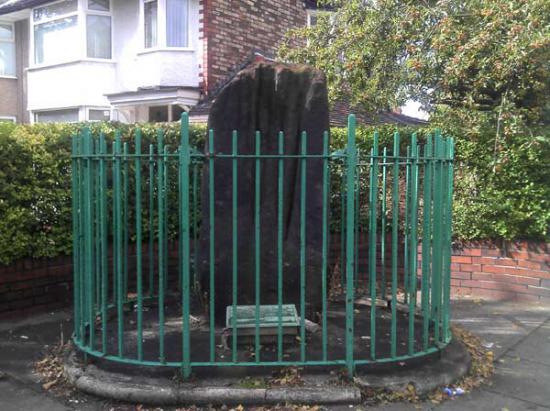
Robin Hood’s Stone stands on the pavement at the junction of Booker Avenue and Archerfield Road surrounded by green painted metal railings. The stone was given its name on account of a series of deep grooves, once believed to have been used for sharpening arrowheads. The grooves are now considered to have occurred naturally when the rock was formed, and been further ingrained as the sandstone was worn away by the elements. Other, more intriguing marks lay buried beneath the concrete into which the stone was set eighty-eight years ago, having been relocated when houses were built on a nearby field where it once stood. These are known as cup and ring markings and are believed to have been made in the Early Bronze Age – four-thousand years ago.
Robin Hood’s stone does not stand alone in South Liverpool however; one mile North East as the crow flies is Calderstones Park where The Calderstones – Liverpool’s oldest monument – are kept. The Calderstones are six sandstone stones which once formed part of a Neolithic passage grave – the only such grave ever discovered in England. The Stone Age burial chamber once stood just outside the boundary of the modern park, falling into such a state of disrepair that by the 16th century only the stones themselves were visible. Around 1760 the stones were removed altogether but they never travelled far. In the 1960s, having suffered years of weather damage and graffiti, the Calderstones were moved to their current, more secure, home in a kind of hexagonal greenhouse known as the vestibule. They will soon be moved once more; relocated to a purpose built, climate controlled, glass structure at the rear of the Victorian neoclassical mansion house which stands at the heart of Calderstones Park.

Stories like that of the Calderstones have fascinated me from a young age. Stories of strange things which are rooted in the urban and suburban landscape not just of South Liverpool but of England and the UK as a whole. Cracks in the thin veneer of modernity through which the weird history of the island is still clearly visible. Be that a local standing stone, or ruin, a peculiar place, street or pub name, a regional custom, or piece of folklore. All of this fascinates me and, I have come to realise, inspires me in pretty much everything I do, both creatively and recreationally.
Living in the 21st century, and spending a lot of time online as I do, I find myself regaled daily with a wealth of fascinating material written and curated by people whose interests are similar to my own. My email inbox and Twitter timeline are filled with articles, images, and links on everything from the latest archaeological discoveries, to Folk Horror in film, to the “fakelore” of Hookland and Scarfolk. At some point late last year I was struck by the idea that bringing together all these things in the “real world” – in the context of a good old fashioned conference/convention – might be a fun thing to do. Calderstones Mansion house seemed like the logical place to hold such an event, so I came up with the concept for Spirits of Place.
Spirits of Place is a day of talks, readings, and interviews taking their cue from their surroundings – from the stones and the park, and from Liverpool and Merseyside, and from England and the UK, and further and further. The ideas spiral out from a central point of origin, just like the Calderstones’ five-thousand year-old coiling petroglyphs do. The core concept is that stories are embedded in the world around us – in metal and brick and concrete and wood, in the very earth beneath our feet – both literally and metaphorically. Our history surrounds us and the stories we tell, true or otherwise, are always rooted in what has gone before.
My idea is to begin the day with my own definition and invocation of the spirits of place – the genius loci, as the Romans had it – and to invite attendees to consider the physical connections they have and make with history; personal, local, regional, national and beyond. My own contributions aside, I’ve been truly taken aback by the calibre of speakers who have agreed to appear at the event. Author Gill Hoffs will be giving a talk on Liverpool’s RMS Tayleur, the sinking of which made headlines nearly sixty years before the Titanic. Landscape-punks Gary Budden (of Influx Press) and David Southwell (Hookland chronicler) will be re-enchanting the parkland; showing how history, both communal and prosaically personal, mixes with our shared mythic reality. Folk Horror expert Adam Scovell’s new film The Menhir Motorway will début at the conference as part of his Wyrd Wirral talk. Dr. Kenny Brophy (AKA the Urban Pre-historian), Senior Lecturer in Archaeology at the University of Glasgow, will explore the weird collision between analogue rock-art and modern urban spaces. The Calderstones themselves will be the focus of two talks – their ancient origins explored by Dee Dee Chainey, and their modern history covered by Richard MacDonald. Occultist and fortean Cat Vincent will examine the magical significance of urban liminal spaces where the line between constructed and ‘natural’ blurs. Finally, Merseyside’s own master of Weird Fiction, Ramsey Campbell will be interviewed by myself about the influence and use of Liverpool and Merseyside in his writing.
It’s an event which I would be genuinely excited about attending even if I wasn’t organising it and which I hope many others are already looking forward to. The spirits of place shall be invoked, the parkland’s ancient history unearthed, the landscape re-enchanted. I hope you can join us there among the megaliths.

